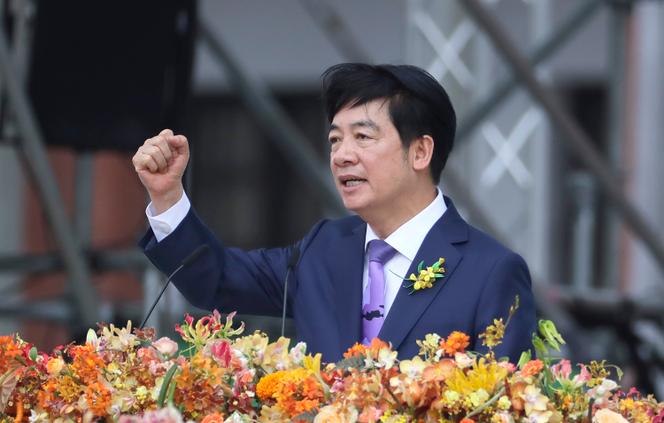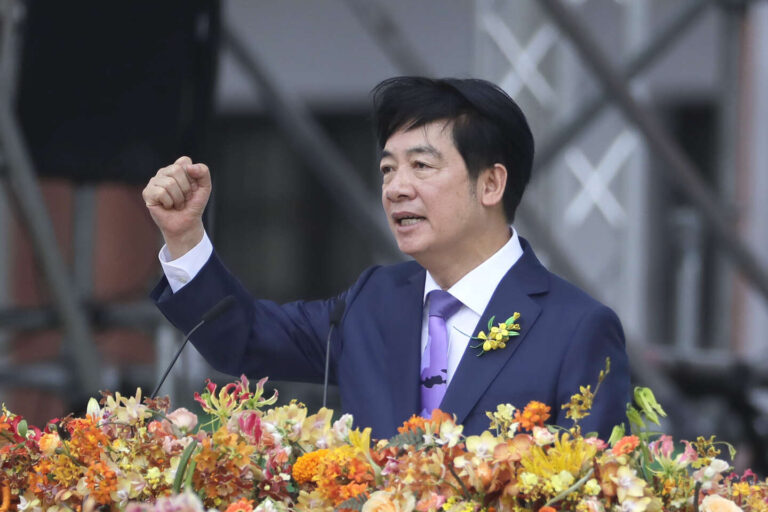
TTaiwan’s outgoing President Tsai Ing-wen’s two terms (2016-2024) were fraught with tensions with China, but that will be nothing compared to the efforts of her successor, Lai Ching-te, who formally took office on Monday, May 20. On the other side of the Strait, Chinese President Xi Jinping has pledged to politically reunite Taiwan with mainland China, by peaceful means if possible and by force if necessary. The constant reiteration of this ambition creates a kind of mandate to act.
This obsession dates back to the end of the Chinese Civil War (1927-1949) and the founding of the People’s Republic of China (PRC) in 1949. The retreat of defeated General Chiang Kai-shek to Taiwan led to the coexistence of two entities claiming to govern China: the Republic of China (ROC, Taiwan) and the PRC in mainland China. The desire is therefore not only geographical, but also political and historical. Communist China was built around the need to end this incomplete chapter of the CCP’s grasp on power, its original stain.
According to Xi, this historic mission “cannot be passed on from generation to generation,” a central element of China’s great “renewal,” which justified the removal of presidential term limits in 2018. So how can an all-powerful president hold on to power for three, perhaps even four terms (a total of 20 years) without delivering concrete results on issues deemed most crucial to the Chinese people? For Taiwanese, this is worrying.
Political Choices
This is the timeline of the “Davidson Window.” Before leaving office in 2021, Admiral Philip Davidson of the US Indo-Pacific Command told the US Congress that “the threat will manifest itself in this decade, in fact in the next six years,” given that China wants to have the military power to invade Taiwan by 2027. His successor Davidson also repeated this date. However, according to US media, especially NBC, Xi Jinping said in a meeting with US President Joe Biden in San Francisco in November 2023 that China intends to occupy Taiwan, but that the political option is still preferable to the military option, and that the timing has not yet been decided.
Much will depend on Xi Jinping’s risk assessment. His record has convinced him that bold maneuvers can succeed when confronting a Western power that prefers comfort over conflict, and that he must pay a price for his political goals. As soon as Xi Jinping came to power in the fall of 2012, China built artificial islands on disputed islets in the South China Sea, has forced an estimated one million Uighurs into concentration camps since 2016, and implemented mainland measures to silence dissent in Hong Kong in 2020. Despite these intensifying crackdowns, China’s share of global manufacturing output rose from 20% to 30% between 2012 and 2021.
You can read 50.53% of this article now. The rest is available to subscribers only.

